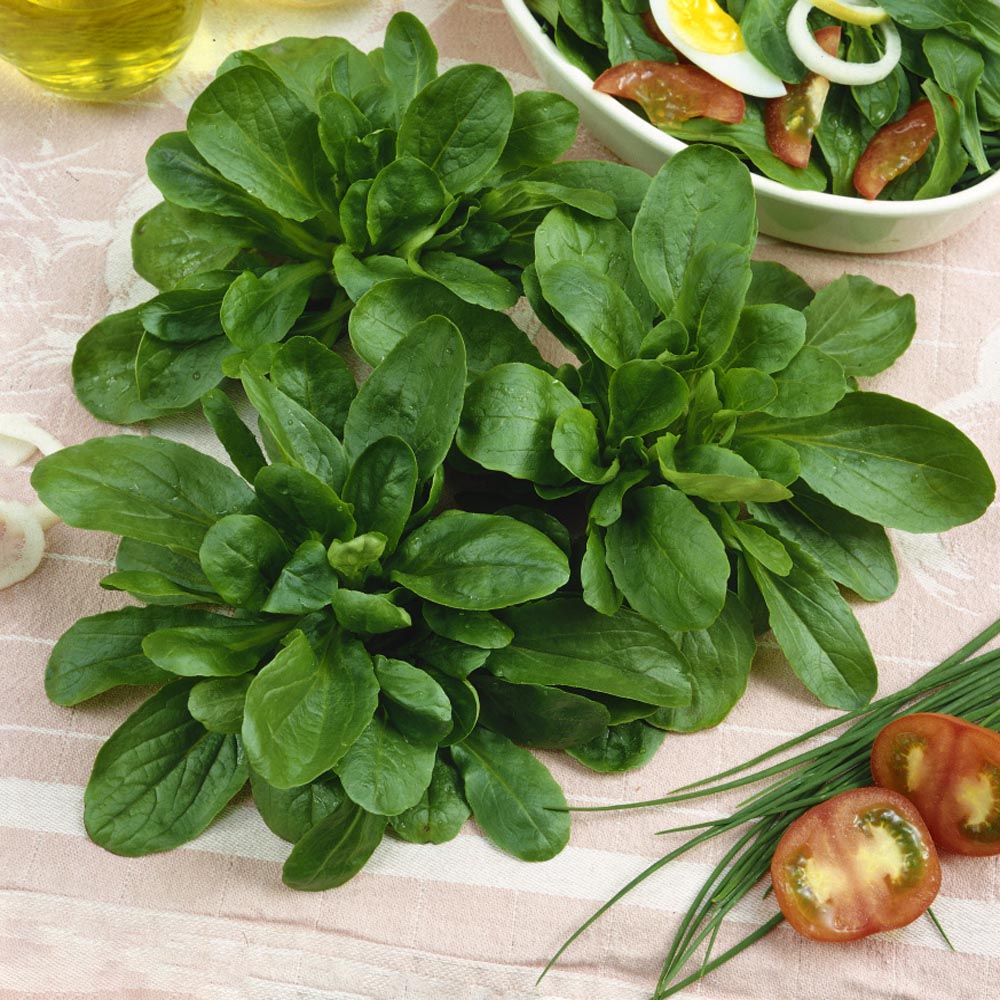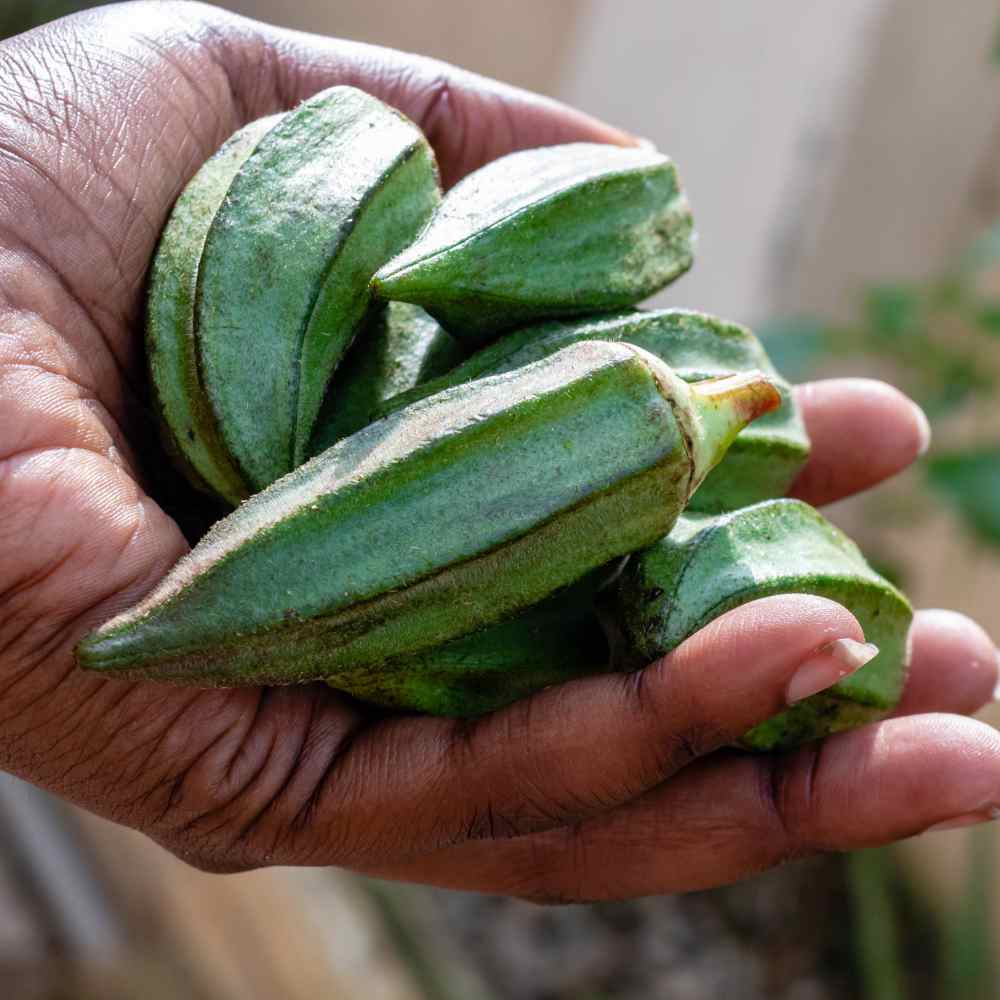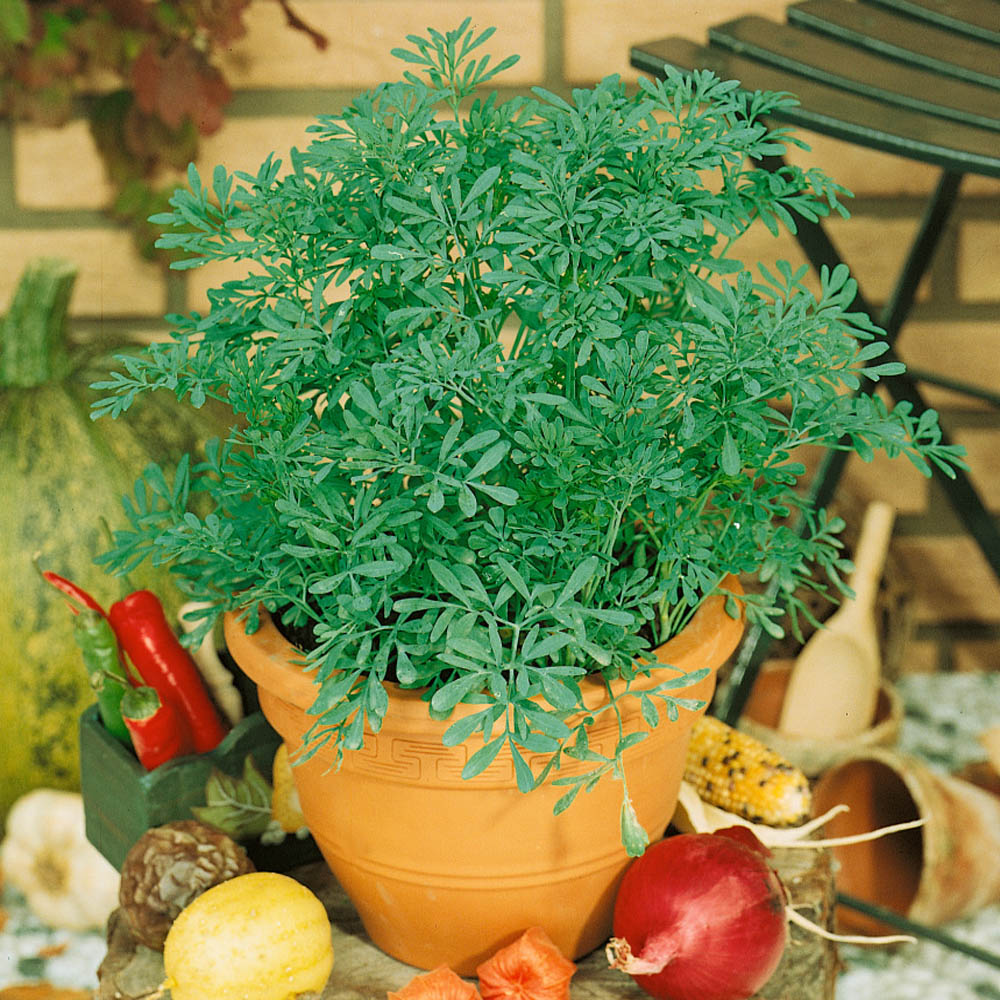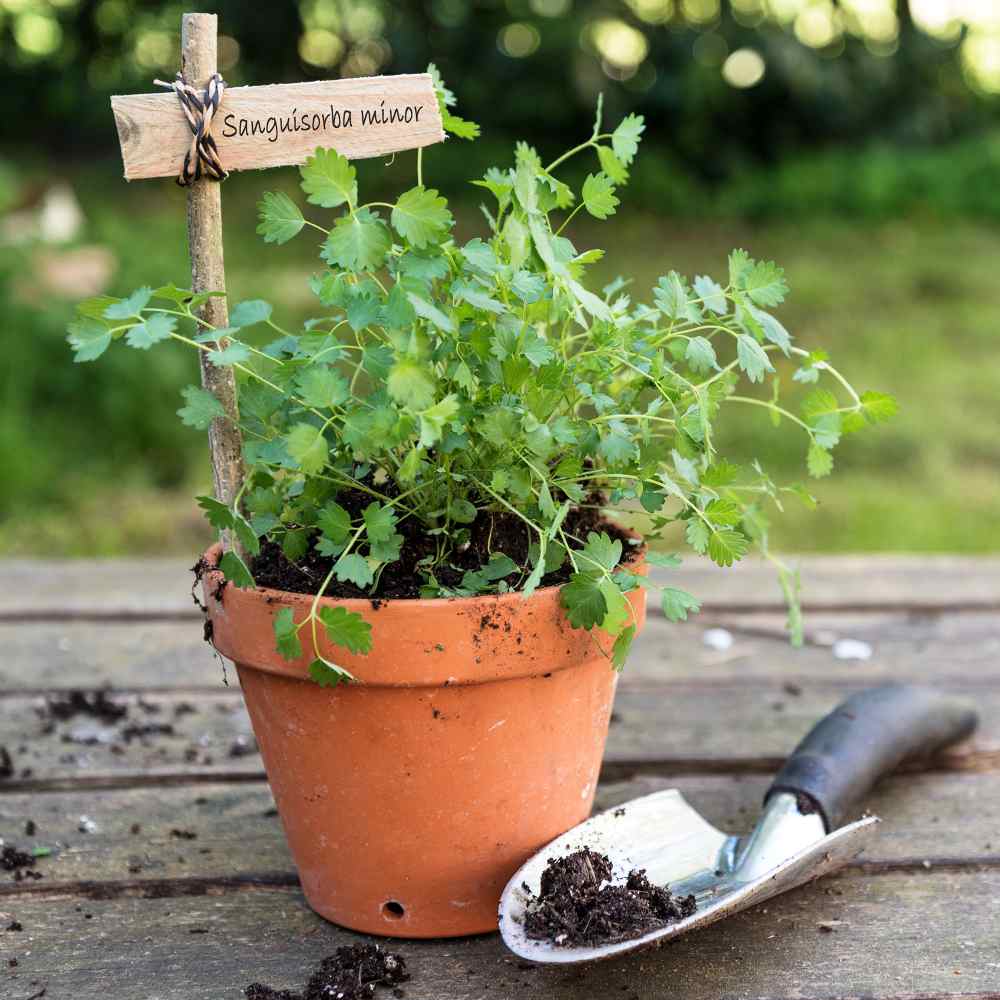
Asparagus Pea Planting Guide
Quick Facts About Aparagus Pea
Asparagus Pea seeds can grow one of the prettiest vegetables on the face of the earth! It is an herbaceous annual that is native to the Mediterranean region of southern Europe. It has deep crimson flowers which are formed in pairs, and they can be used as an edible garnish in salads and other dishes. Why does the word "asparagus" appear in the common name? It may be because of the seedpods' delicate asparagus like flavor.
Planting Time
Seeds can be sown in early to mid-June when the soil is thoroughly warmed and nighttime temperatures remain constant. Gardeners in cooler climates will have to start plants indoors in early spring, moving them inside to a greenhouse or sunny bay window to complete maturation.

Planting Location
Asparagus pea needs full sun and well drained soil.
How to Plant Asparagus Pea
- Sow 1 -2 seeds directly outdoors after danger of frost, or sow 1 - 2 per plant indoors in trays or pots and keep in a bright location for germination.
- Cover 1/4 inch deep.
- Germination should occur in approximately 10 - 21 days.
- Keep seeds moist until germination.
- If starting indoors: as soon as seedlings emerge, provide plenty of light on a sunny windowsill, greenhouse or grow seedlings to the true leaf stage beneath fluorescent plant lights turned on 16 hours per day, off for 8 hours at night. Raise the lights as the plants grow taller. (Transplant to larger pots once they are large enough to handle if needed) Incandescent bulbs will not work for this process because they will get too hot. Most plants require a dark period to grow, do not leave lights on for 24 hours.
- Before transplanting, seedlings need to be “hardened off”. Accustom young plants to outdoor conditions by moving them to a sheltered place outside for a week. Be sure to protect them from wind and hot sun at first. If frost threatens at night, cover or bring containers indoors, then take them out again in the morning. This hardening off process toughens the plant’s cell structure and reduces transplant shock and scalding.
- Transplant after all danger of frost has passed.
- When transplanting select a location in full sun.
- Prepare the planting area by turning the soil under to a depth of 8 inches. Level with a rake to remove clumps of grass and stones.
- Plant seedlings 4 inches apart in rows 12 inches apart.

Care And Maintenance
- Keep weeds under control during the growing season. Weeds compete with plants for water, space and nutrients, so control them by either cultivating often or use a mulch to prevent their seeds from germinating.
- Plants need a little extra physical support to keep them tidy and off the soil. This helps avoid slug damage, facilitates air circulation, and makes harvesting a little easier.
- Pick pods when they are one to two inches long (or a day or two after the flowers fade). Otherwise, they become too fibrous to eat.




































